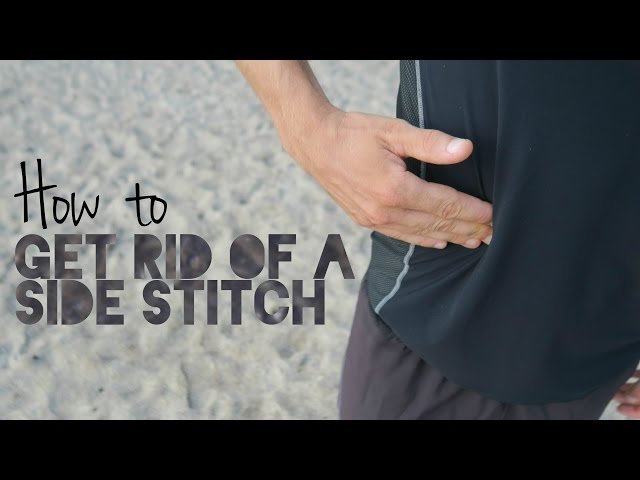
A side stitch, also known as exercise-related transient abdominal pain (ETAP), is a common discomfort experienced by many during physical activity. It typically manifests as a sharp, stabbing pain just below the rib cage, often on the right side of the body. This pain can be frustrating and may hinder performance, but fortunately, there are several strategies to both prevent and treat a side stitch. This article will explore these methods, helping you to continue your exercise pain-free.
Contents
Understanding the Causes of a Side Stitch
While the exact cause of a side stitch is not fully understood, several theories suggest it may be due to the stretching of the ligaments that extend from the diaphragm to the internal organs, particularly when there is sudden movement involved. Other contributing factors could include eating a large meal before exercising, improper breathing techniques, or a lack of conditioning.
Preventive Measures
- Watch Your Diet Before Exercise: Avoid eating big meals or drinking sugary beverages right before exercise. Instead, opt for a light snack or meal that is high in protein and low in fats and simple sugars at least an hour before you start.
- Improve Your Posture: Maintaining a straight posture while exercising can help reduce the strain on your diaphragm, which is often linked to side stitches.
- Warm-Up Properly: A gradual warm-up increases blood flow to the muscles and prepares your body for vigorous activity, which can help prevent the occurrence of side stitches.
- Strengthen Your Core: Regular core exercises strengthen the muscles around your abdomen and diaphragm, which can help stabilize your internal organs and reduce the risk of experiencing a stitch.
Effective Remedies to Get Rid of a Stitch
- Slow Down or Stop: When a stitch strikes, reduce your pace or stop altogether. This can help relieve the immediate sharp pain.
- Deep Breathing Techniques: Practice deep, slow breathing. Inhale fully and deeply to expand your lungs, allowing the diaphragm to move freely, which can help ease the pain.
- Stretch: Try bending gently or stretching the affected side to relieve the stitch. Raising your arms above your head and leaning to the opposite side from the stitch can also be effective.
- Apply Pressure: Press your fingers gently into the area where you feel the pain. Some find that massaging this spot helps reduce the severity of the pain.
Home Remedies
- Stay Hydrated: Dehydration can be a contributing factor to developing a stitch. Ensure you stay well-hydrated by drinking water throughout the day, especially before, during, and after exercise.
- Mindful Breathing: Practice breathing exercises regularly. This not only improves your overall lung and diaphragm function but also ensures you are breathing correctly during exercise.
FAQs
Q: Can a side stitch be a sign of something serious?
A: In most cases, a side stitch is harmless and not a sign of anything serious. However, if the pain persists or is accompanied by other symptoms, it is wise to consult a healthcare provider.
Q: How can I avoid stitches while running?
A: Focus on proper running posture, breathe deeply, and avoid eating large meals before running. Additionally, regular core workouts can improve stability and reduce the occurrence of stitches.
Q: Are certain people more prone to getting a side stitch?
A: Yes, less experienced athletes or those who suddenly increase the intensity of their workouts may experience stitches more frequently due to less developed abdominal muscles and breathing techniques.
Conclusion
While a side stitch can be a temporary setback, understanding how to prevent and manage it can make a significant difference in your exercise experience. Implementing effective strategies for prevention and remedy will help keep your workouts enjoyable and pain-free.